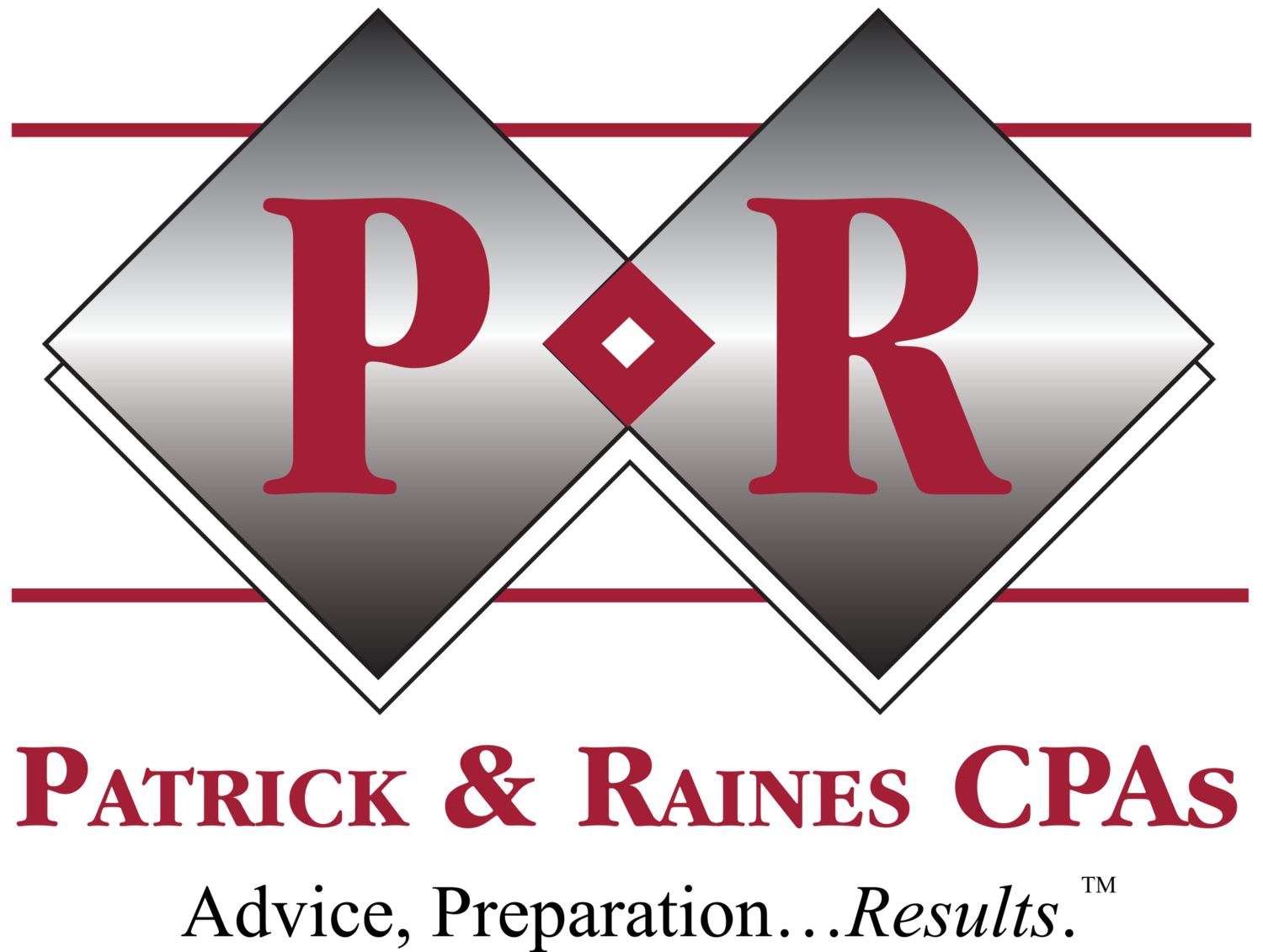Turning Receivables into Cash
It’s common for high-growth and seasonal businesses to have occasional shortfalls in their checking accounts. The reason relates to the cash conversion cycle — that is, it takes time to collect on customer invoices. In the meantime, of course, employees and suppliers want to get paid. The “cash gap” is currently getting wider for many companies. A recent study by CFO / The Hackett Group shows that the cash conversion cycle increased from 35.2 days in 2021 to 36.4 days in 2022. To add insult to injury, interest rates and many operational costs are rising.
Fortunately, when cash is tight, small business owners can sometimes turn to receivables for relief. Here are some strategies for converting outstanding invoices into fast cash to pay bills.
Applying for a line of credit
A line of credit can be collateralized by unpaid invoices, just like you pledge equipment and property for conventional term loans. Banks typically charge fees and interest for securitized receivables. Each financial institution sets its own rates and conditions, but these arrangements generally provide immediate loans for up to 90% of the value of an outstanding debt and are typically repaid as customers pay their bills.
For example, a custom manufacturer had difficulty making payroll after two of its large clients delayed payment on outstanding invoices. A local bank gave the company a line of credit for $80,000. To secure the loan, the company was required to put up $100,000 in unpaid invoices as collateral and then repay the loan, plus fees and interest, once customers remitted payments.
Factoring receivables
Factoring is another option for companies that want to monetize uncollected receivables. Here, receivables are sold to a third-party factoring company for immediate cash.
Beware: Costs associated with receivables factoring can be much higher than those for collateral-based loans. And factoring companies are likely to scrutinize the creditworthiness of your customers. But selling receivables for upfront cash may be advantageous, especially for smaller businesses, because it reduces the burden on accounting staff and saves time.
For instance, a wholesaler faced cash flow issues because customers were paying bills between 60 and 90 days after issuance. As a result, the owner used a high-interest-rate credit card to make payroll and spent at least three days a month chasing down late bills. So, the owner sold off roughly $200,000 of the company’s annual receivables to an online factoring firm. This saved the company hundreds of personnel hours annually and allowed it to stop building up high-rate credit card interest expenses, while considerably easing cash flow concerns.
We can help
Before monetizing receivables, banks and factoring companies will ask for a receivables aging schedule — and most won’t touch any receivable that’s over 90 days outstanding. Before you write off your stale receivables, call customers and ask what’s happening. Sometimes you might be able to negotiate a lower amount — this might be better than nothing if your customer is facing bankruptcy. If all else fails, you might consider a commission-based collection agency or collection attorney.
Contact us to discuss your delinquent accounts receivable and other cash flow concerns. We can help you find creative solutions to convert receivables into fast cash. Call us at 904-396-5400 or by email at Marketing@cpasite.com.
© 2023


